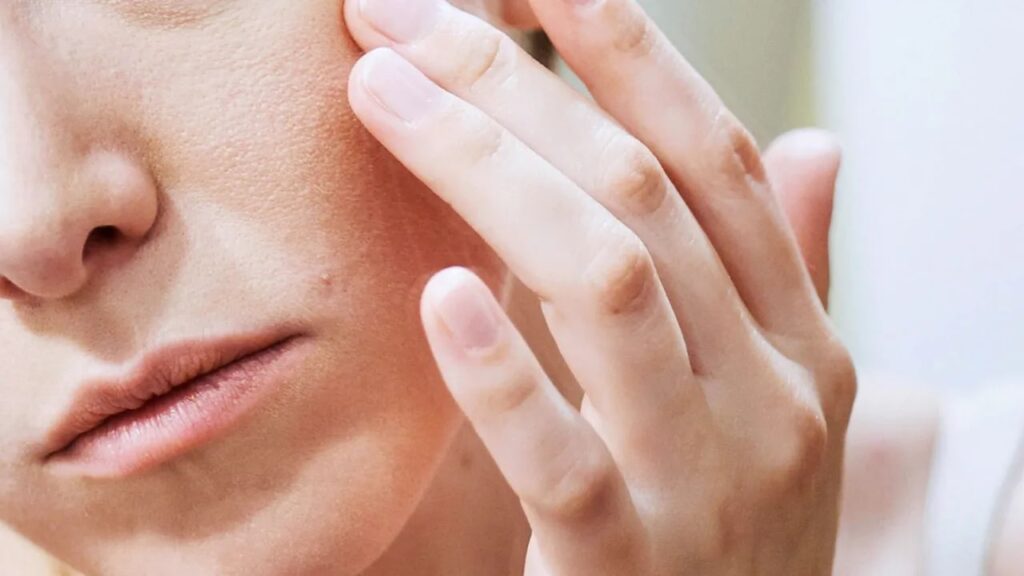It’s all very well talking about the different products and techniques you can use to make your skin look its best, but most of that advice won’t do a lot of good if you suffer from sensitive skin. If you have the kind of skin that breaks out in a rash just from being in the same room as a chemical, your options may be limited, and you definitely need to be careful.
Dermatitis and eczema (sometimes used to refer to the same conditions, sometimes just overlapping) are conditions that can make your skin red, itchy and inflamed with a prominent rash. You may get sores or blisters. Lots of different things can set dermatitis off, but it can often be linked to some kind of chemical irritant. If that’s the case, removing the irritant is the best form of treatment. Often, the irritant will be a toiletry or cosmetic.
Other methods of managing dermatitis can include the use of moisturizers or steroid creams such as hydrocortisone, with antihistamines also sometimes used to reduce the urge to scratch in your sleep. If over-the-counter methods don’t work, you may need a dermatologist. Some people turn to alternative methods like acupuncture. People who are suffering particularly badly because of their skin may be willing to try anything to soothe it, but it’s important to check the evidence and safety first.
Of course, dermatitis isn’t the only skin condition that can affect your appearance. Many teenagers will experience acne. Sometimes, this will continue into adulthood. Rosacea causes redness and swelling, and its causes aren’t fully understood. Hormones, medication or other medical conditions (including serious things like kidney or liver disease), age, and even the weather can all change the appearance and texture of your skin.
Some manufacturers try to create skincare products that minimize the risk of irritation or allergic reaction. They may label their wares “hypoallergenic,” although the use of this term isn’t always properly regulated. Generally, for people with sensitive skin, you’re probably looking for products where the ingredients list is as short and simple as possible.
Most skin conditions can be treated, but they can cause a lot of distress before they’re managed. The first thing to do is to try to avoid triggering them in the first place, alleviate any symptoms, and then diagnose and treat any underlying cause.




